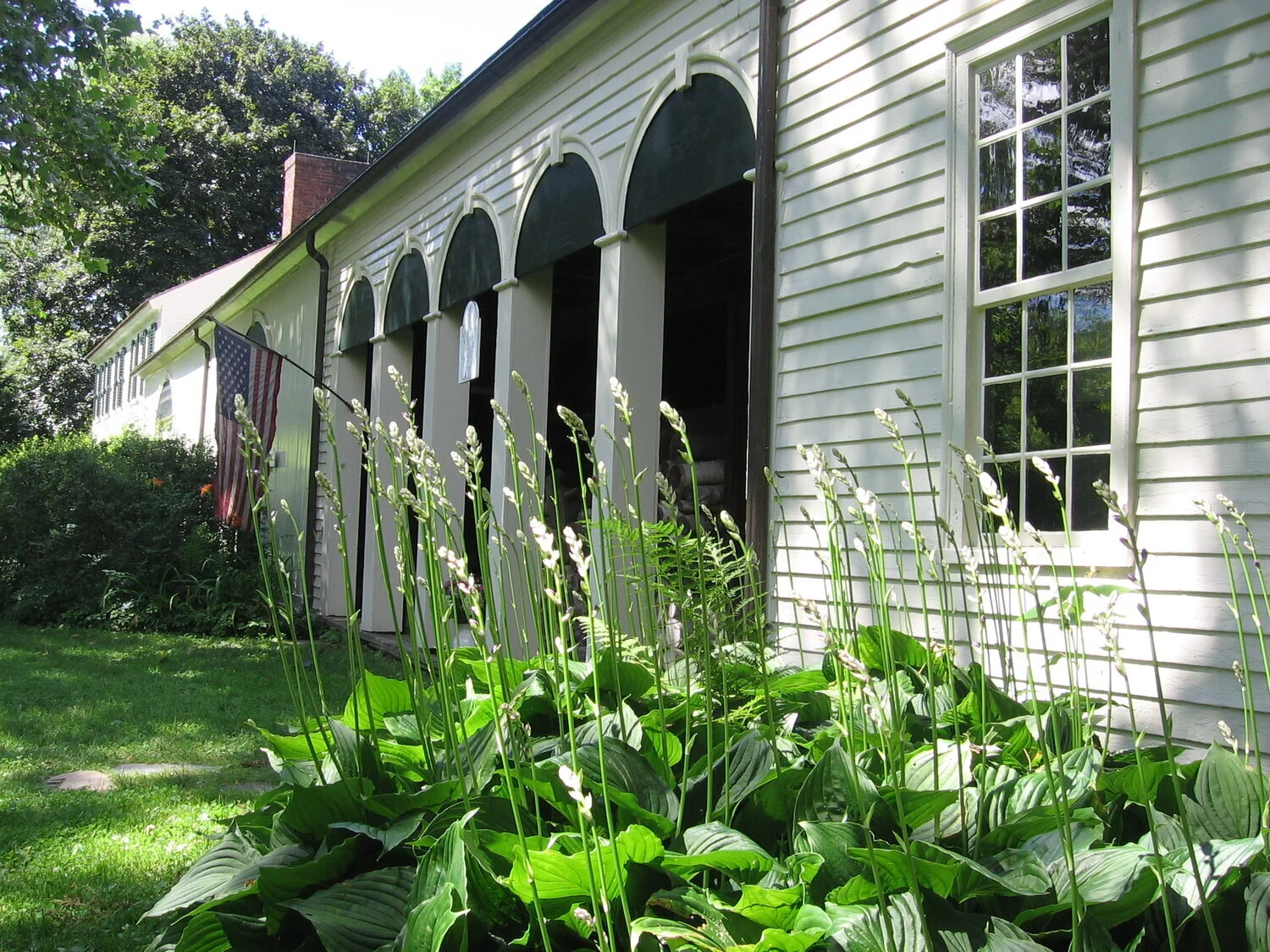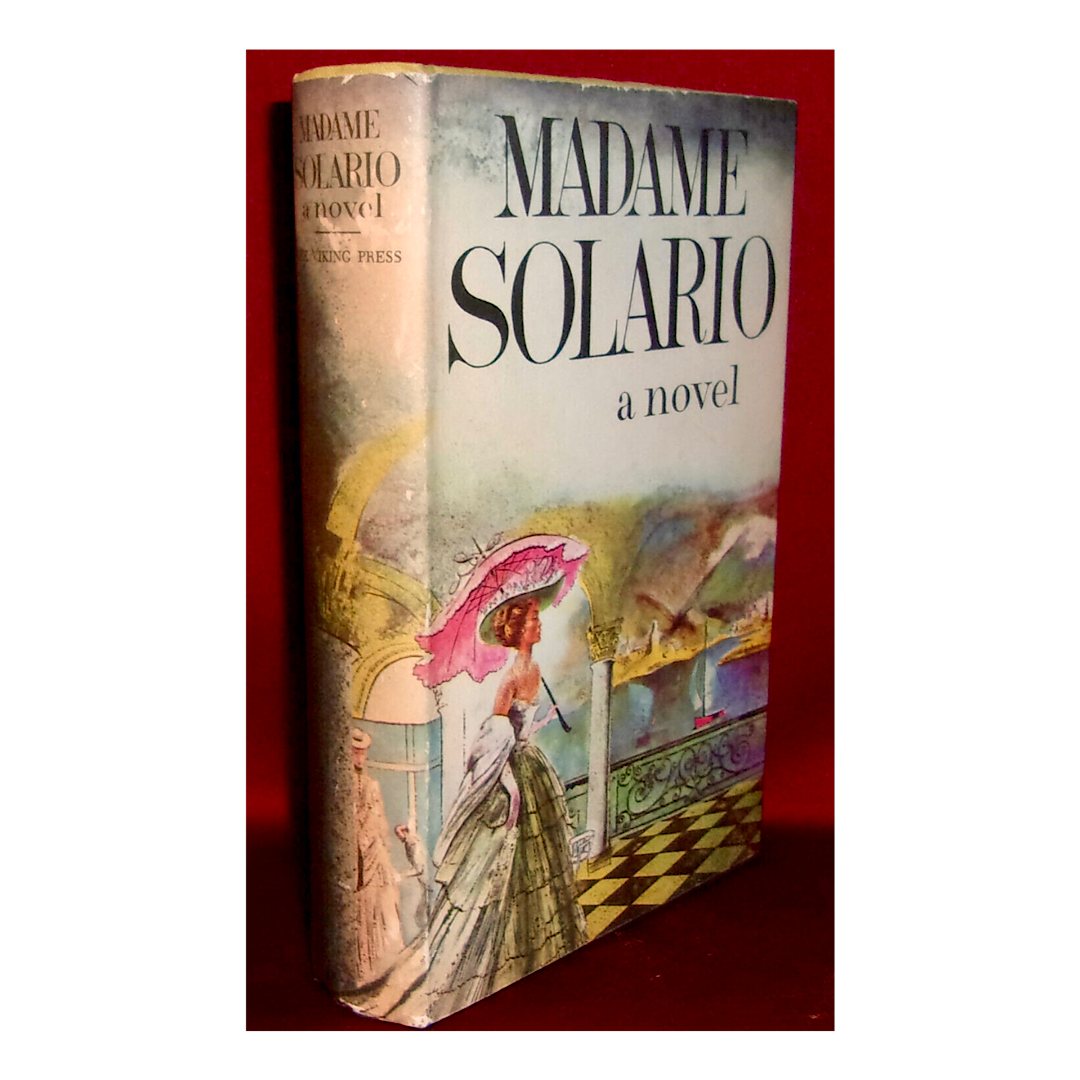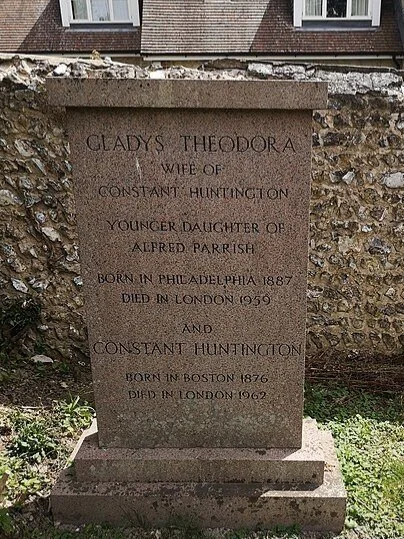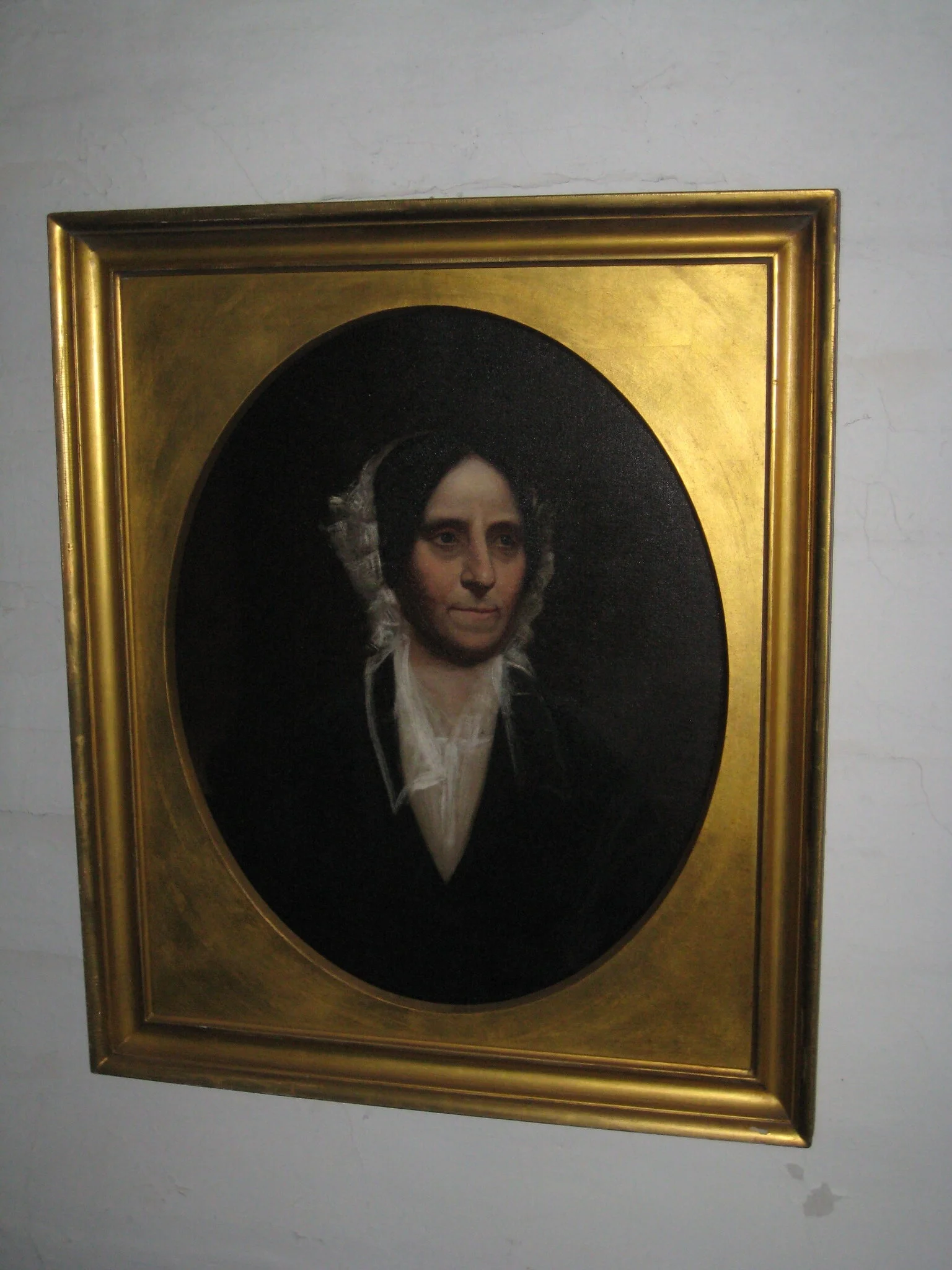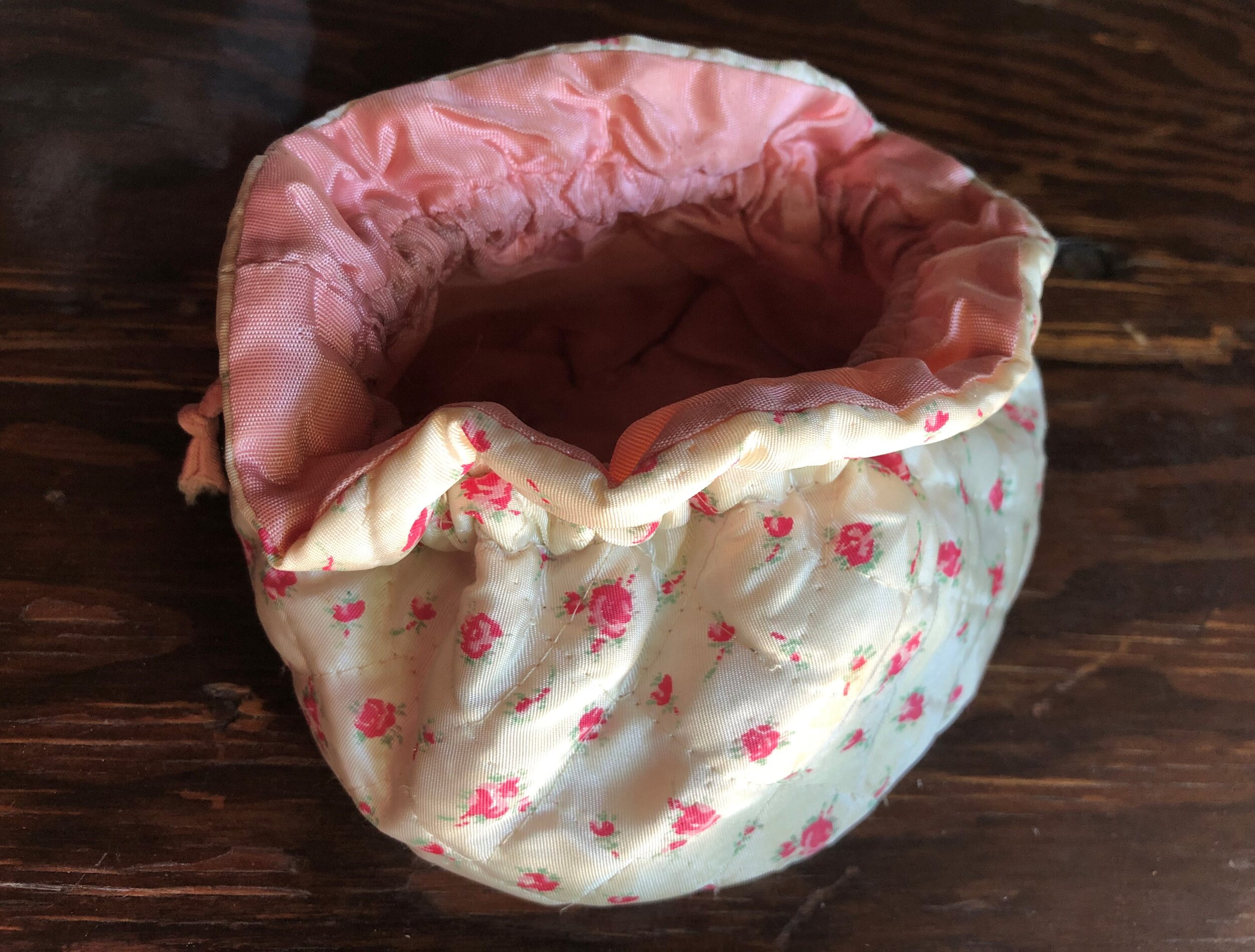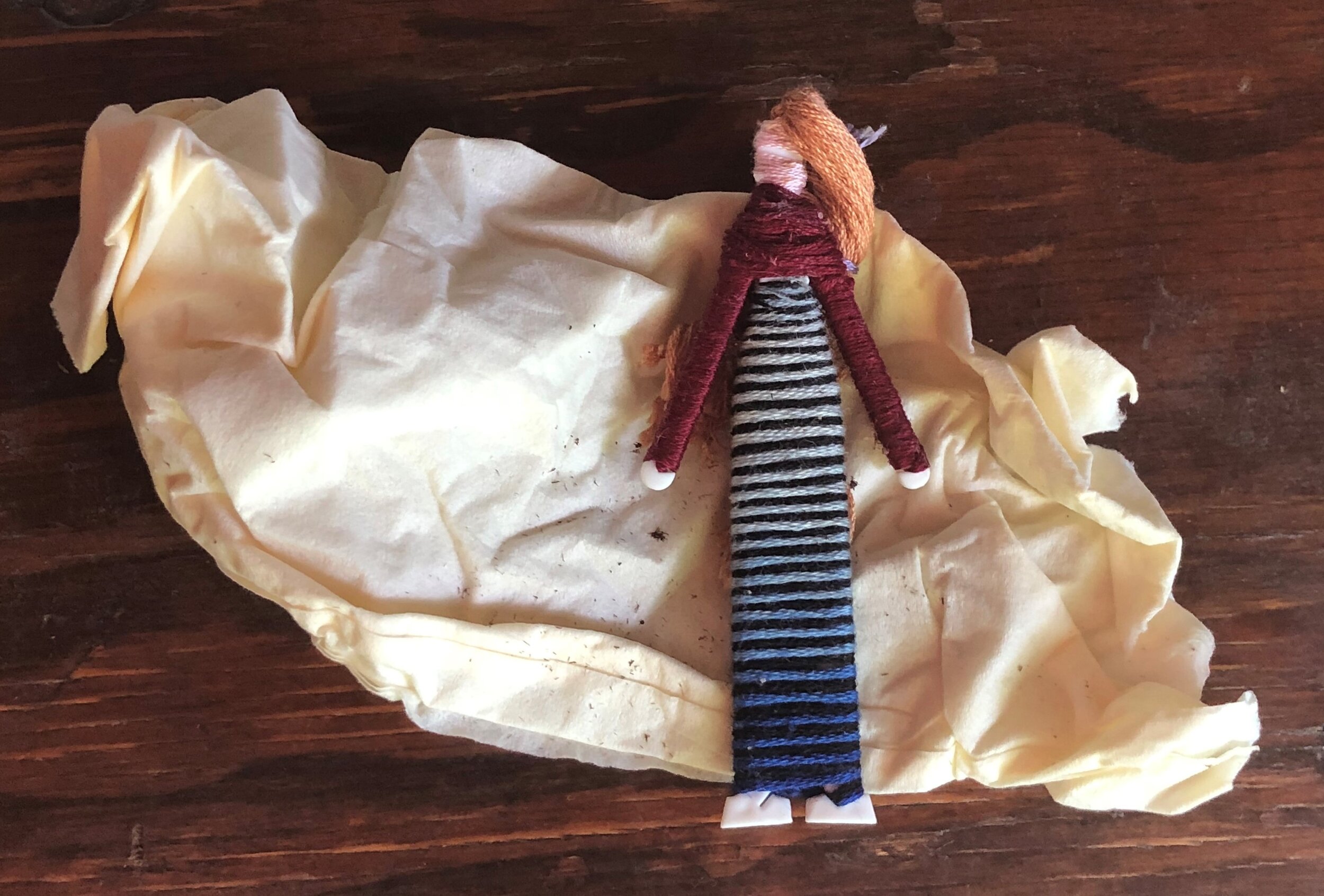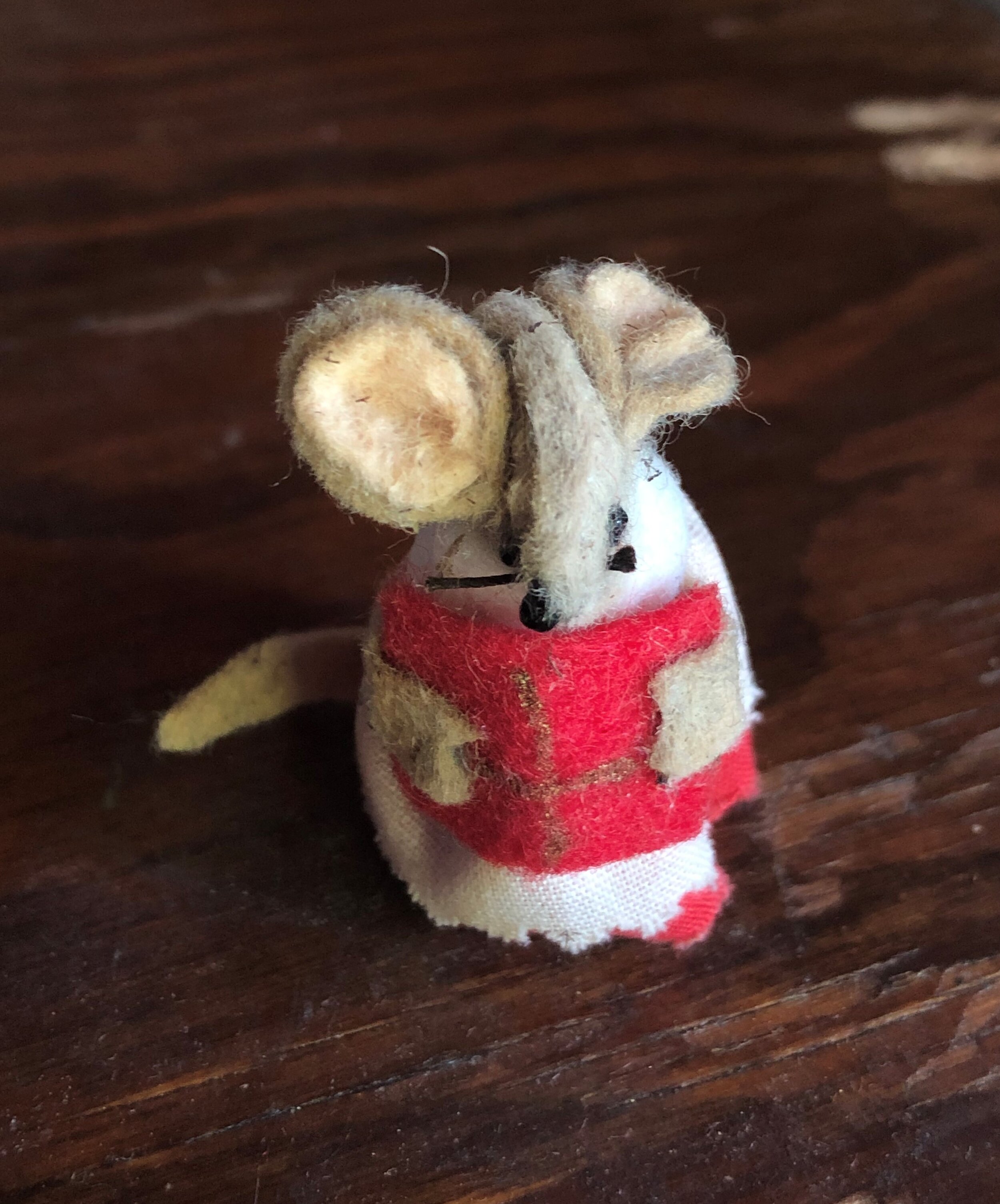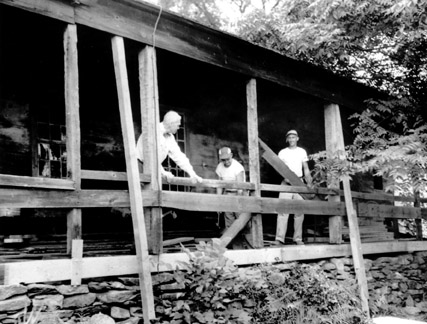Charting Map Making at the Emma Willard School
The Porter-Phelps-Huntington House Museum collection includes an undated, hand drawn map; Map of Europe, wrought by Elizabeth Huntington. The second child of Elizabeth Whiting Phelps and Dan Huntington, Elizabeth was born in 1803 in Litchfield, CT. Elizabeth completed this map at the Emma Willard school, located in Troy, New York, a female seminary founded by Emma Hart Willard with the goal of providing women with equal educational opportunities to their male counterparts. The choice of sending the Huntington daughters to Emma Willard School was most likely because of family relations. Emma Willard’s sister, Almira Hart Lincoln, married John Phelps in 1831. John Phelps was the younger brother of Charles Phelps (b. 1772), Elizabeth’s grandfather. Emma Willard’s son also lived with the Huntington’s at Forty Acres while he attended Hadley’s Hopkins Academy. The Emma Willard School opened its doors in 1821 with 90 students from across the country, one of which was Elizabeth. Their daughters Bethia and Mary also attended the school, and references to their enrollment can be found in family correspondence. Following her graduation from Emma Willard, Elizabeth went on to teach at the school.
Even though there is no date on the map, we can place it around the time when ‘mappery’, or map making, was beginning to take shape as an integral part of the American educational system. In the late 18th century, schoolgirl maps became increasingly popular. After the revolution, female academies and Quaker religious institutions assured that mappery was for all students, regardless of gender or economic background. Students with less financial means would often use the spare blank pages in the back of books for their map-making studies. In comparison, wealthier students had access to notebooks dedicated to this subject. In the years to follow, the publishing of geography textbooks boomed, thus allowing for the dissemination of geographical information. Two textbooks commonly used in mappery education was Jedidiah Morse’s Geography Made Easy and Joseph Goldsmith’s A View of the Earth, which further encouraged educators in the 18th century to implement uniform standards in map making education. One book in the collection of the Porter-Phelps-Huntington Museum wonderfully encapsulates these academic visions. Written by Samuel Butler and published in 1826, An Atlas of Ancient Geography consists of “21-colored maps with a complete accentuated index.” These maps are much smaller than the one by Elizabeth (they measure about 9 ¾” by 7 ½”), however they show a similar level of detail as well as intricate labels that guide the reader through the respective region. Dr. Butler is the author of numerous other geography texts including A Sketch of Modern and Ancient Geography, for the Use of Schools. Emma Willard also wrote one of the most widely printed textbooks and one of the first historical atlases of the United States: Ancient Atlas to Accompany the Universal Geography by William Woodbridge and Emma Willard was first published in 1828 in tandem with Willard’s History of the United States, or Republic of America: Exhibited in Connection with its Chronology and Progressive Geography by Means of a Series of Maps. Together these two works were the first to treat American geography and history as interdependent subjects, employing maps as an essential pedagogical tool. Willard used the spatial dimension of the American past to engage students, integrate history and identity, and – most importantly – to consolidate national identity. At such a prestigious institution, mappery was accepted as one of the first appropriate subject for girls and was frequently used as a path for literacy.
In school, mappery held a different significance for boys and girls. For the men, it was presented as a way to teach skills of survival and navigation, while for women it was often an exercise in precision, an aid to retain general knowledge, and a way to show off artistic talent, particularly for handwriting and lettering skills. According to the American historian and Professor Susan Schulten, an aim of female education after the American Revolution was to “prepare [young women] for a life of usefulness and social exchange.” Mappery was thought to fulfill those goals and help young women become culturally literate. This is wonderfully evident in Elizabeth’s map with its precise line work and artistic labels. Her map not only demonstrates the high skill level it took to achieve such accuracy, but also the rigorous mappery education allocated to students in the 18th century and onwards, especially at prestigious institutions like Emma Willard.
Other recordings of mappery are present outside of Elizabeth’s work. Martin Brückner, the author of The Geographic Revolution in Early America, discusses the 1800 diary written by 15-year-old Sally Ripley of Greenfield, Massachusetts who noted learning geography several times a week throughout the school year. Equally, Catherine Beecher a student at Litchfield Female Academy “found grammar, arithmetic, geography, history, and the ‘Accomplishments’ of map-drawing, painting, embroidery, and piano available.” An example belonging to Sarah Miller included one page with a hand drawn map of Vermont and Connecticut, with the towns in both states running parallel to each other, indicating an initial attempt at mappery.
Elizabeth’s map of Europe drawn with black ink on canvas was quite large with a width of 22 ¼” and a height of 18 ¼”. Despite some fading, the careful borders and intricate calligraphy are still visible and showcase immense attention to detail. The art of successful mappery, (as seen by Elizabeth’s map), could be divided into three components: proficiency in map reading, map drawing, and map transfer. Map reading, the most common method in mappery education, is the recollection of place names and their locations. Map transfer was a more tactile approach to mappery, originally a way for younger students to learn about geography in a tangible manner. Educators would ‘transfer’ a map into a different medium, such as a tactile cloth puzzle. Map drawing was a labor-intensive process, and several methods were taught. The first method was to place a grid over both the map, and the drawing paper. The student would look at the gridded map and draw what was in each corresponding square. The lines of latitude and longitude on Elizabeth’s map are warped in similar ways which indicates that Elizabeth may have implemented the Mercator projection method, which was used to accurately represent cylindrical projection on a 2D surface. With the rise of female academies, map transfer evolved into a new medium such as embroidery. Although there are no embroidered maps in the Porter-Phelps-Huntington collection, Elizabeth Huntington’s map is an admirable example of map drawing that provides further insight into mappery education of the 18th century and is on display in the pine room at the museum.
This article is based off of previous research done by Mount Holyoke College alum, Ann Hewitt. Her work on mappery is a part of her larger research paper Becoming Accomplished: The Porter Phelps Huntington Daughters. Her preliminary research on mappery was further edited and continued by Museum Assistant Evelyn Foster.
Sources:
Brückner Martin. The Geographic Revolution in Early America: Maps, Literacy, and National Identity. Williamsburg, VA: University of North Carolina Press, 2006.
Brückner, Martin. The Social Life of Maps in America, 1750-1860. Omohundro Institute of Early American History & Culture and UNCP, 2017.
Buehler, Michael. “A Landmark Historical Atlas by Emma Willard, America's First Female Map Maker.” Boston Rare Maps. Accessed July 7, 2021. https://bostonraremaps.com/inventory/1829-emma-willard-historical-atlas/.
Butler, Samuel. An Atlas of Ancient Geography. London: Longman, Rees, Orme Brown & Green, 1826.
Hewitt, Ann. Interview with Karen Sánchez-Eppler, January 17, 2020.
Huntington, Bethia or Mary. “Watercolors,” n.d. Porter-Phelps-Huntington Foundation. Hadley, MA.
Huntington, Elizabeth. “Map of Europe.” n.d. Porter-Phelps-Huntington Foundation.
Mason, Betsy. “19th-Century Schoolgirls Were Incredibly Good at Drawing Maps.” Culture. National Geographic, May 4, 2021. https://www.nationalgeographic.com/culture/article/schoolgirl-maps-drawings-19th-century.
Morse, Jedidiah. Geography Made Easy. Boston, MA: Published by Thomas & Andrews, 1813.
Schulten, Susan. “Emma Willard and the Graphic Foundations of American History.” Journal of Historical Geography 33, no. 3 (2007): 542–64. https://doi.org/10.1016/j.jhg.2006.09.003.





